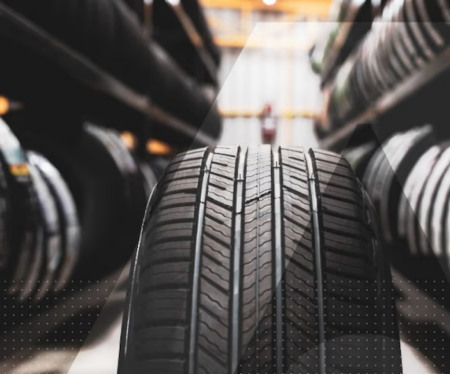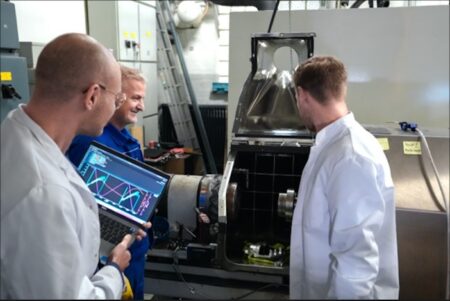Bilstein and the Aston Martin Racing works team are planning to join forces again for the 43rd edition of the ADAC Zurich 24-hour race at the Nürburgring (14 to 17 May 2015). The blue and yellow Aston Martin V12 Vantage GT3 will once again be fitted with Bilstein’s 4-way MDS motorsport suspension, and is targeting overall victory this time around. In addition to Aston Martin Racing, Bilstein will also supply suspension components to partner racing team Black Falcon, whilst the Subaru works team will also use Bilstein components for the first time.
With independent damping force adjustment now in one rebound and three compression stages, the new version of the MDS, which was successfully tested in 2014, provides an even wider spectrum of individual adjustment options. Thanks to ten clearly discernible clicks from one (soft) to ten (hard), the high-performance damper system can be adjusted in the ideal manner to suit the demands of the various circuits, thus enabling a particularly precise chassis set-up.
The Subaru WRX STI NBR Challenge 2015, based on the WRX STI, will also be fitted with Bilstein shock absorbers at the Nürburgring event. After a year without a podium finish in their class, Subaru intends to recapture the successes of previous years with the help of Bilstein. In 2011 and 2012, the Japanese manufacturer took successive victories in the SP3T class at the 24-hour race and finished in second place in 2013. “We are pleased that, with Subaru, another renowned team is backing Bilstein,” commented Martin Flick, head of motorsport at Bilstein.
In addition to the mechanics of Aston Martin Racing, Subaru and Black Falcon, the Bilstein experts in their blue and yellow team uniforms will also be in the pits and in the Bilstein truck with its workshop and conference area to look after the racers of numerous other teams that use Bilstein shocks. These include the cars in the Astra OPC Cup and Toyota GT86 Cup, which will also be on the starting grid of the 24-hour race. Both of these brand cups use Bilstein’s monotube gas pressure shock absorbers with upside-down technology, which can be adjusted in parallel in rebound and compression stages.




